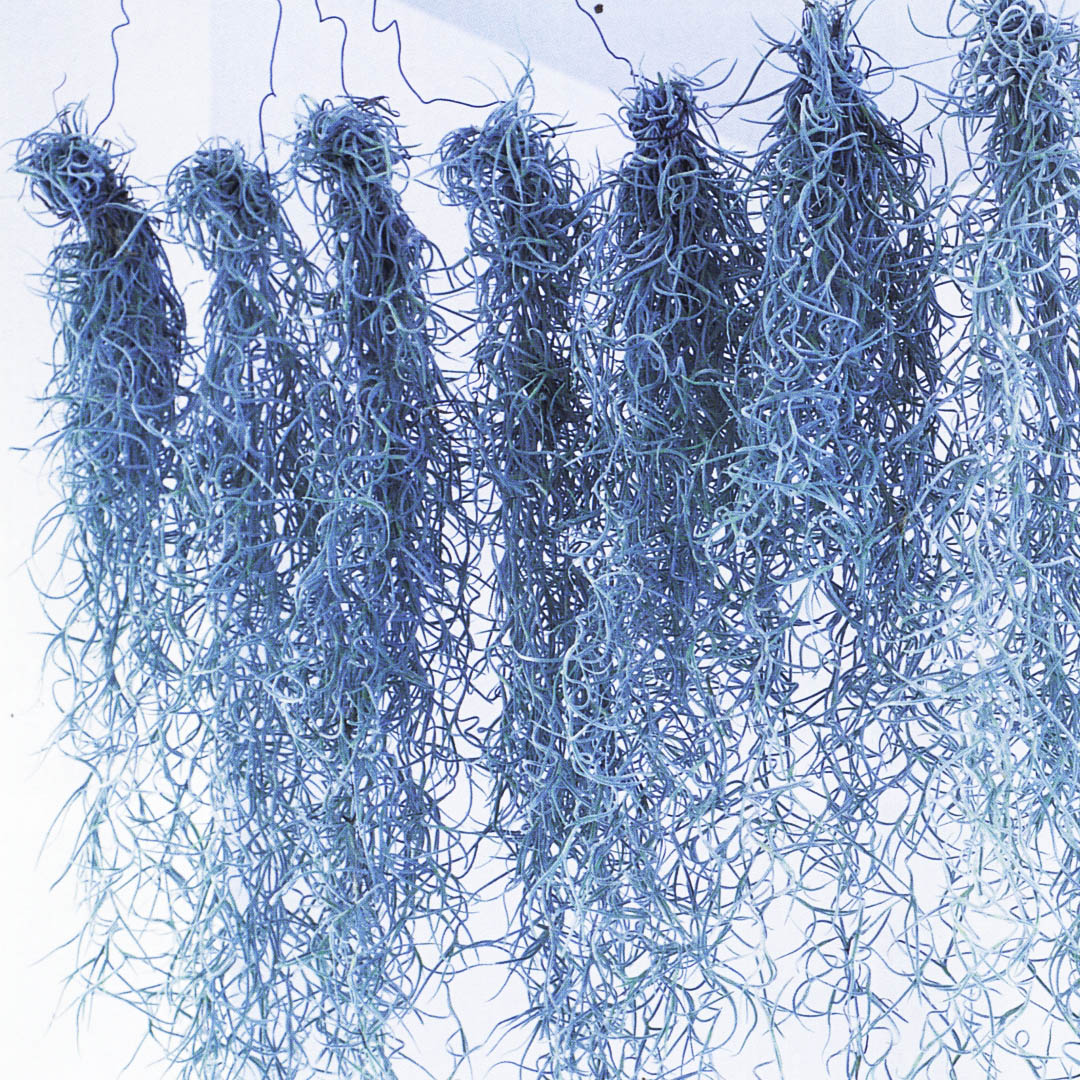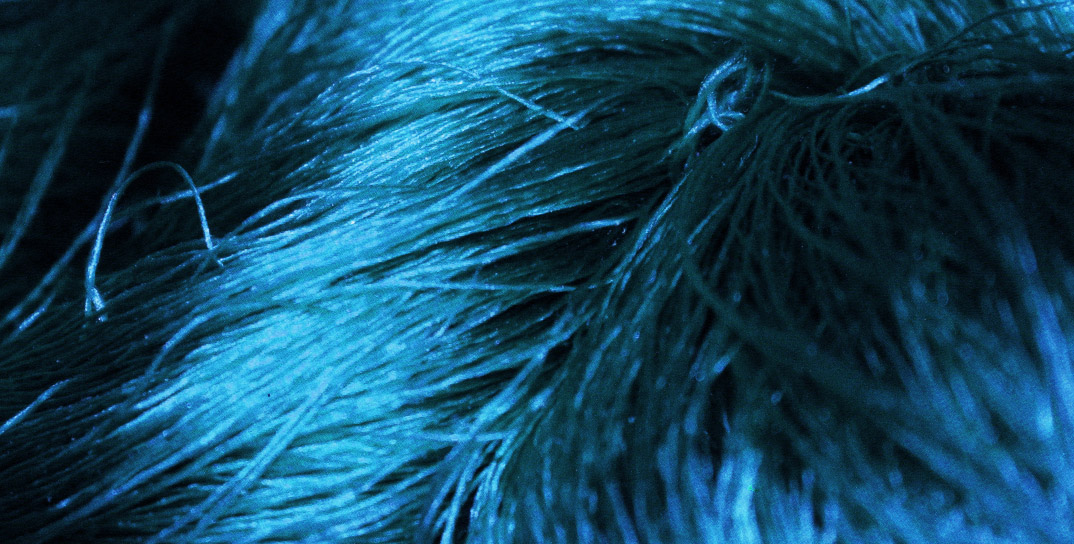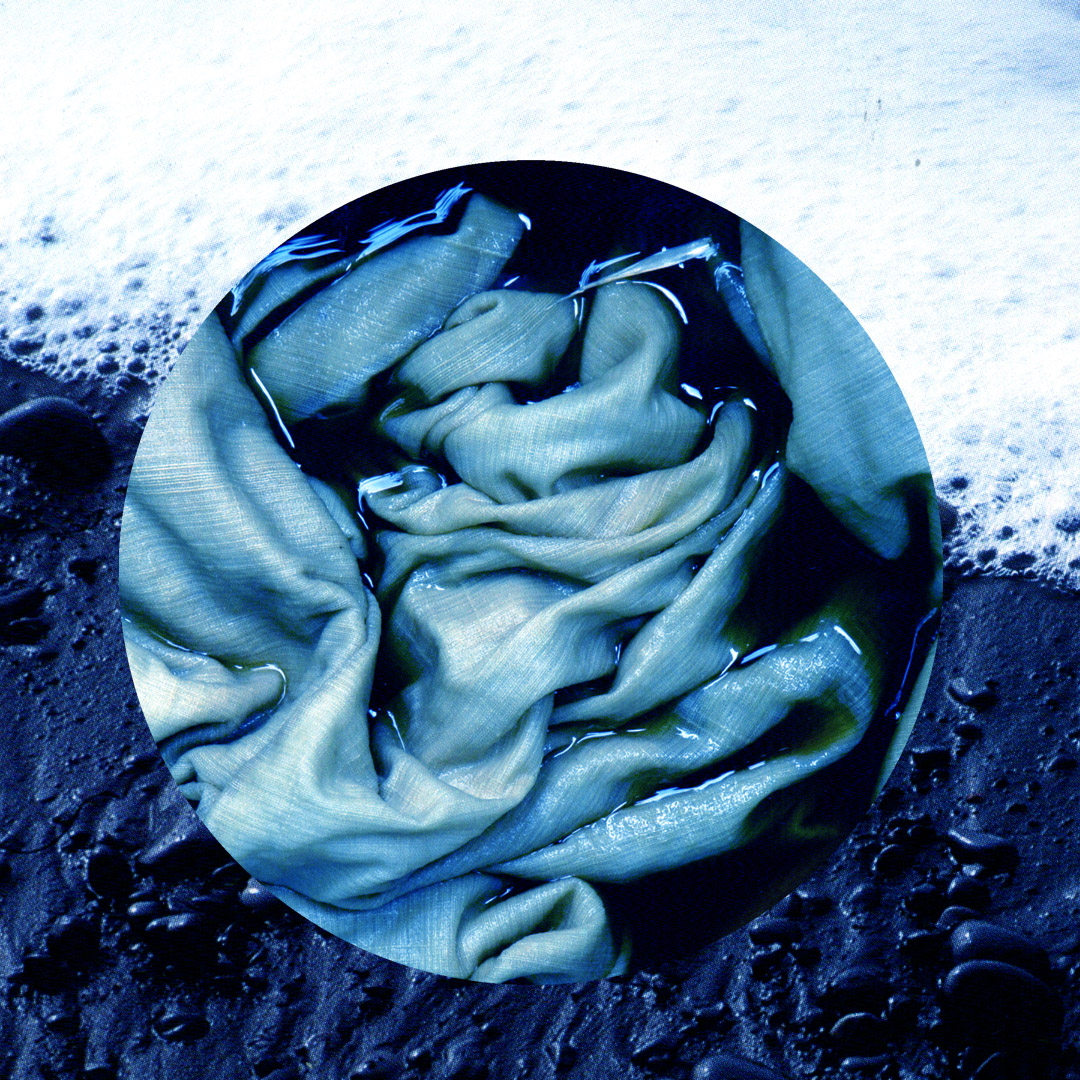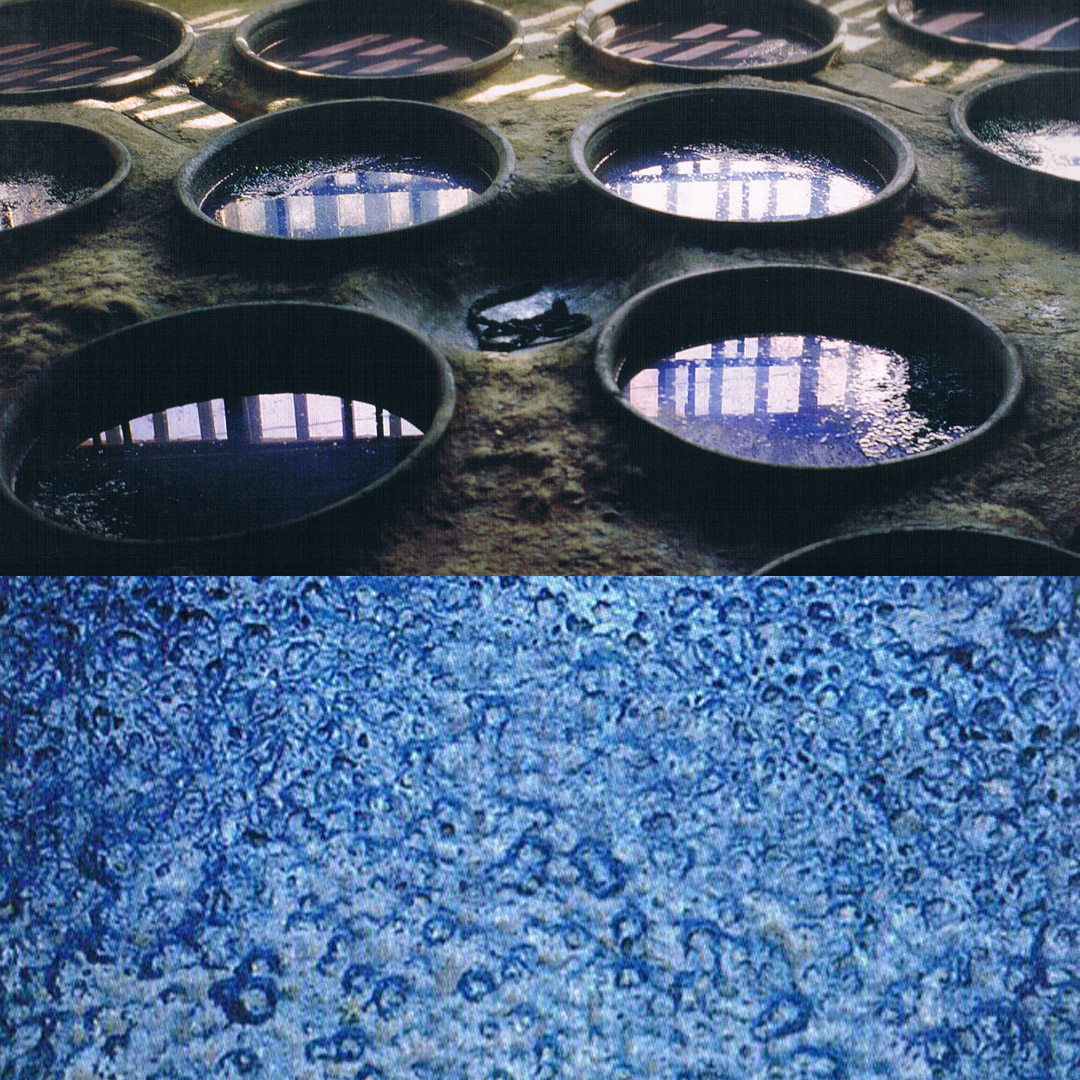Can the fashion industry really be sustainable?
Did you know that the fashion industry is the 2nd most polluting industry in the World? Denim itself is a huge contributor to this shocking statistic, being a really filthy business!
Cotton, water and chemicals are the main culprits. The manufacture of textile fibres uses 1 trillion gallons of water per annum with denim production using dangerous chemicals to grow cotton and creating millions of gallons of wastewater in the dyeing and make process of both denim and jeans. The denim industry uses a lot of water but manufactures products in places that don’t have enough water! Places such as Bangladesh, Pakistan, Mexico where the droughts are notorious.
Why are countries without much water making denim and jeans?
The brands and retailers know there is limited water where their jeans are made but they seem not to care because the price of the jean forces them to manufacture in countries with low labour costs regardless of the water supply.
We are told that the consumers demand everything to be done as cheaply as possible whereas it is the retailers who wish to make things cheaper and ever cheaper to capture a higher margin for themselves whilst retaining or increasing their market share by advertising ever low cost jeans. This encourages the consumer to buy more and dispose of more.
I wonder what would happen if the consumer had an informed choice of the global sourcing strategy of many top jeans brands?
So what of sustainability ?
Whilst many denim brands are dipping their toes into the concepts of sustainability not many are really making a conscious effort to achieve this.
However, there is light at the end of the tunnel. Later in this month’s analysis of we highlight some of the brands who ARE doing their bit to help the environment, setting aside millions of $ to redress these issues and further applaud those that have built sustainability into their manufacturing strategy from the outset.
But before that let's take a look at where the issues lie, and the improvements that are being made.
Fibres
Cotton
It all starts with Cotton. Denim is made primarily from cotton. Although modern denims contain a number of other fibres for fashion for the purpose of this argument we will concentrate on COTTON. Cotton is a contaminating dirty crop, just 2.4% of the World's cultivated land is planted with cotton yet it accounts for 24% of the Worlds insecticide market and 11% of global sales of pesticides. It is therefore the most intensive pesticide crop on the planet.
There are different types of cotton available for the fashion industry to use.
ORGANIC cotton is grown with NO PESTICIDES but the output is very small, it is about 1/3 of normal cotton. Such that if it were to reach the output of non organic we would be taking the land from food production.
FAIRTRADE cotton means that all farmers are guaranteed a living wage for what they grow and sell.
BCI cotton - This stands for BETTER COTTON INITIATIVE - where the smaller farmers are trained to grow and harvest their crops in an environmentally friendly way by following certain guidelines:
Use just the right amount of fertilisers
Use just the right amount of water for irrigation
Manage the planting such that water does not pool” around the roots.
Control the use of pesticides.
OTHER FIBRES the sustainable ones!
1. Tencel. Is a cellulosic fibre originating from tree bark. It is a “greener” fibre than cotton or many other common textile fibres. It is grown in a sustaible manner - no pesticides are required to grow the trees. An organic solvent is used to dissolve the wood chips into a solution. The chemical used to dissolve these chips is very expensive so it is recycled after the process is complete.
2. Polyester. Although the fibre itself is not bio degradable if denim was made from 100% polyester this would eliminate all the currently bad elements of the current denim making process.. The fact that it is not biodegradable makes it a tricky fibre for blending.
WATER
It takes around 1,800 gallons of water to grow enough cotton to produce just one pair of regular blue jeans. “That's more water than it takes to make a ton of cement or a barrel of beer”
In the manufacture of Denim Jeans it takes approximately a whopping 9000 litres of water to make one pair of blue jeans. Within a denim plant all waste water is recycled or returned to its source which is usually a river in close proximity or used to irrigate the land. But this water whilst being clean is not always drinkable.
Ways of reducing water consumption.
Using Ozone finishing Equipment will save 12 litres of water per denim jean.
Removing the de-size process step = saving of 5.9 litres per jean.
Foam dyeingrather than rope or slasher dyeing in one generic dye bath can save up to 5.7 litres of water.
Recycling water used in the denim processes.
The above images depict the original primitive method of reclaiming the used dyestuff for further use on the left with a modern water treatment plant on the right.
All denim manufacturers must by law recycle their waste water.
Water is taken from the river ( denim plants are built next to a natural water source) used for dyeing, finishing, washing in the make process of the denim fabric. After which the used water passes through a purpose built treatment plant ( above) and either re-used again and again or returned to the water source.
INDIGO DYEING
Denim production not only uses dangerous chemicals to grow conventional cotton it creates millions of gallons of waste water in the dyeing process.
More harmful chemicals are used to adhere the dyestuff to the cotton. These are eventually washed away into the treatment plant where the water is recycled for the process to start again if the plant is a good one. Otherwise the waste water is returned back to nature.
Indigo dye is expensive therefore recycling is an advantage. To recycle the indigo dye sludge we use an Ultra Filtration process to extract the dye to re-use.
Today, less than 20% of the World's denim Mills use "pre-reduced " indigo dye which is a more sustainable dyestuff. The rest use powdered indigo which creates more sludge and slurry in the waste water. Whilst Japanese denim continues to be the most sought after in the world barely a single mill in Japan uses pre-reduced indigo. They still use powdered dyestuff. This seems not to deter the brands or the consumer who regard Japanese denim as the ultimate. Some Japanese Mills however use natural indigo which is much preferable to any chemically produced dye but it is limited in supply, hard to grow everywhere and difficult to handle, washing off extremely quickly making our favoured dark indigo shades hard to retain.
The above images show what was the old primitive hand dye method from China and India with multiple dye baths to create the desired shade. the bottom right image shows a modern plant where the yarn has been mechanically dyed in "rope" form in huge bulk.















